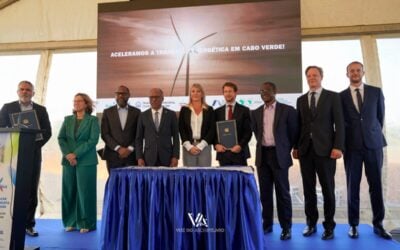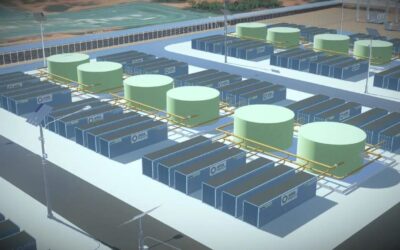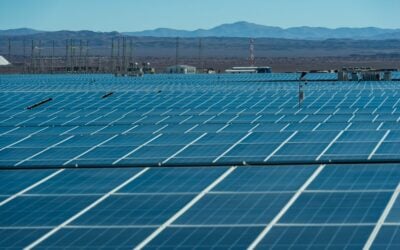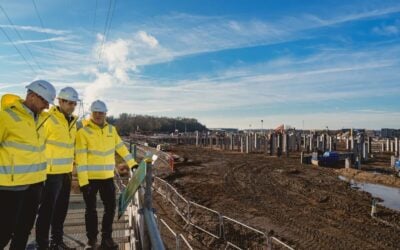
Flow batteries will take another major step towards widespread bankability with Lockheed Martin Energy launching its own system before the end of the year.
The company has an established lithium-ion battery energy storage business but will add a long-duration flow battery to its line-up after several years of development.
“We’re in this market already with Li-ion, we know what investors expect so we’re fully prepared to offer long-term warranties, long-term performance guarantees, you have to,” said John Battaglini, director of business development for Lockheed Martin Energy. “We know the requirements, the company has made a sizeable investment and we’re committed to this technology.”
Unlike many venture capital-backed start-ups in the flow battery sector, Lockheed Martin is also extremely bankable as a company with 97,000 employees and a market capitalisation of almost US$100 billion. When the company launched Gridstar, the lithium-ion battery storage system in 2016, the still-to-emerge flow product was branded Gridstar Flow.
Try Premium for just $1
- Full premium access for the first month at only $1
- Converts to an annual rate after 30 days unless cancelled
- Cancel anytime during the trial period
Premium Benefits
- Expert industry analysis and interviews
- Digital access to PV Tech Power journal
- Exclusive event discounts
Or get the full Premium subscription right away
Or continue reading this article for free
In a recent interview for Energy-Storage.News, rival flow battery provider Primus Power’s CEO, Tom Stepien, said that he acknowledged the mass market bankability of lithium is far beyond what flow batteries can currently acheive, but believed the picture will change over time as the market starts to favour longer duration storage, while analysis firm Navigant Research pointed out that of the non-lithium technologies deployed for energy storage, flow batteries are in a leading position.
“We acquired [MIT spin-out] Sun Catalytix in 2014 and we have been investing in that product for four years now. We have prototypes up and running at our Massachusetts facility and we are targeting a commercial launch of the product in late 2018,” Battaglini said on the sidelines of the World Future Energy Summit (WFES) in Abu Dhabi.
“It’s a long-duration product and this is part of the evolution of the industry. More of our customers are requesting longer durations. The more they get used to storage the more they see other applications and rather than 2-4 hours they want six, eight or ten hours and that is what flow batteries are great for. We’re seeing more demand for these and we’re currently signing up more launch partners as we get ready for the release in this year,” he added.
Battaglini claimed its flow systems will be price competitive “right out of the gate” and expects that cost to continue to fall. But upfront costs alone don’t offer a fair comparison of storage technologies, he warned.
“We’ve done a lot of education with customers about lifetime cost, not just looking at upfront cost. You have to take a 20-30 year view when comparing lithium and flow. Lithium batteries need replaced perhaps every seven years so you need to make sure you are comparing apples to apples,” he said.





